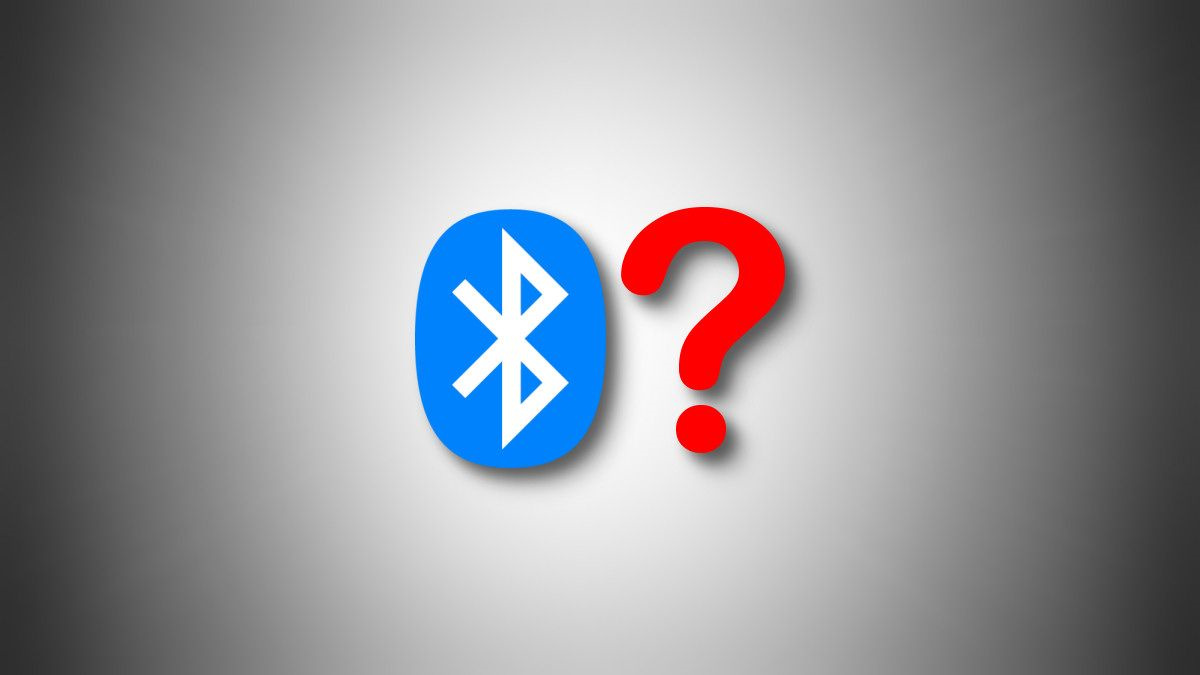Bluetooth technology has revolutionized the way we connect devices, providing a wireless means of communication between our gadgets. However, one of the most common issues faced by users is misplacing or losing their Bluetooth devices, such as earbuds, speakers, or fitness trackers. Whether tucked in a sofa cushion or left behind at a cafe, the hunt for these elusive gadgets can be frustrating. Fortunately, there are ways to track down your hidden or lost Bluetooth items. The key is to approach the situation systematically and use the available tools and strategies to recover your device. Let’s explore how you can turn the odds in your favor and reunite with your missing Bluetooth companion.

Use a Bluetooth Tracking App
Bluetooth tracking apps are a godsend for locating hidden or lost devices. They use your smartphone’s Bluetooth signal to find devices that are within range and can usually show you how close you are to the device.
Detailed Steps:
- Install a Bluetooth tracker app: Download and install a Bluetooth tracking app such as “Find My Device” or “Tile” onto your smartphone from the app store.
- Enable Bluetooth: Turn on Bluetooth on your smartphone to allow the app to scan for devices.
- Scan for devices: Open the tracking app and use it to scan for nearby Bluetooth devices.
- Locate your device: If your hidden device is within range, it should appear on the app’s list. Follow the signal strength or the app’s instructions to find its exact location.
Summary:
Using a Bluetooth tracking app is a simple and effective way to locate most Bluetooth-enabled devices. The primary benefit is that it saves time and reduces frustration, but the downside is that it can only find devices that are within Bluetooth range, typically around 30 feet or less.
Check the Last Connected Location
Many devices and apps maintain a record of where they were last connected.
Detailed Steps:
- Check the device’s app: If your lost device works with a specific app (like headphones that pair with a companion app), open that app.
- Access the settings or find feature: Look for a ‘Find’ or ‘Last Known Location’ feature within the app.
- Review the location information: The app may display a map indicating where the device was last connected to your phone.
Summary:
This method doesn’t require any additional setup if the app and device already offer this feature, making it an easy option. However, this will only indicate the last known location and won’t be helpful if the device was moved after being disconnected from your phone.
Make It Ring
Some Bluetooth devices and their companion apps have a feature that allows you to play a sound on the device to help you find it.
Detailed Steps:
- Go to the companion app: Open the app that pairs with your lost Bluetooth device.
- Find the ‘Play Sound’ feature: Look for an option that lets you send a command to the device to start making noise.
- Listen for the sound: Activate the feature and listen carefully for the sound emanating from your lost device.
Summary:
The audible cue is a direct and immediate way to locate a device if it’s within earshot. However, this won’t work if the device is out of range, powered off, or set to silent mode.
Retrace Your Steps
Go back over the locations you were in before you noticed your device was missing.
Detailed Steps:
- Think about your last locations: Make a mental note of the last few places you’ve been with the device.
- Search each location: Visit these places and search thoroughly, paying particular attention to areas where the device could have been set down or fallen.
- Ask around: If you were in public places, such as a café or office, ask staff or colleagues if they’ve seen your device.
Summary:
This traditional method doesn’t rely on technology and is a good starting point. Its effectiveness is based on human memory and the kindness of others, which can be unpredictable.
Use Other Devices
If you have another device that has been paired with the lost Bluetooth item, it can sometimes be used to help locate the lost item.
Detailed Steps:
- Pair with the lost device: If the lost device was previously paired with another smartphone, tablet, or computer, turn on Bluetooth on that device.
- Check connection status: See if the lost device appears as ‘Connected’ or try to connect to it.
- Use the second device: If the lost device connects, it’s close by. You can try to play audio through it or use any built-in location features.
Summary:
This increases the odds of finding your device by leveraging other connected devices. The disadvantage is that it only works with devices that were paired before losing your Bluetooth gadget.
Look in Unusual Places
Sometimes, your lost device might end up in places that aren’t immediately obvious.
Detailed Steps:
- Check small spaces and crevices: Inspect between couch cushions, in drawers, or anywhere small enough for the device to fit.
- Think like a detective: Consider odd places like under furniture, behind appliances, or in pockets of bags and coats.
- Look up and down: Devices can also be lost vertically; check elevated surfaces and the floor.
Summary:
Looking in unusual places is a thorough approach to cover all bases which increases the chance of finding lost items but can be time-consuming and physically demanding.
Enlist the Help of Others
More eyes mean a better chance of locating your lost device.
Detailed Steps:
- Inform family or friends: Let the people around you know what you’re looking for and describe the item.
- Create a search party: If the device is valuable or critically important, recruit a group to help with the search.
- Promise a reward if necessary: Offering a small reward can motivate others to join the hunt.
Summary:
Having help can drastically reduce search time and make it more likely that you’ll find your device. However, coordinating a search party can be challenging, especially if you don’t have immediate access to willing participants.
Keep It Charged
A Bluetooth device that runs out of battery will become much harder to find. Keep your devices charged so that they remain detectable.
Detailed Steps:
- Regular charging: Develop a habit of charging your Bluetooth devices after use.
- Battery notifications: Enable battery level notifications if your device and its app offer this feature.
- Use a charging station: Designate a specific spot where you always charge your devices.
Summary:
This preventive measure will keep your Bluetooth devices ready and responsive but requires consistent habits and doesn’t help if the device is already lost.
Check the Obvious Places First
Start with the most likely places that you would leave your device.
Detailed Steps:
- Common spots: Look in areas where you most frequently use the device, such as by your bed or on your desk.
- Routine-driven locations: Consider places dictated by your daily routine, like your car’s dashboard or your gym locker.
- Connectivity zones: Check areas close to where your phone or computer is usually located, since your device might have auto-connected.
Summary:
Checking obvious places first can save time and effort. This method’s downside is that it might cause you to overlook less obvious spots if you become too focused on common areas.
Patience and Persistence
Remember that finding a lost Bluetooth device might take time. Be patient and keep searching methodically.
Detailed Steps:
- Take breaks: If you get frustrated, take a short break and resume with a fresh perspective.
- Keep an eye out: Continue to look for your device even as you go about your day.
- Don’t give up: Remain persistent in your search, and consider repeating all the above steps.
Summary:
Patience can be a crucial factor in finding your device and can prevent you from overlooking it. However, this approach requires a calm mindset, which might be hard to maintain over time.
Bluetooth devices have become modern-day essentials, making our lives more convenient and tech-driven. However, if these small and portable devices go missing, it can lead to frustration and disruption. By utilizing various strategies—from technology-assisted methods like Bluetooth tracking apps to more traditional ones like retracing your steps—you can maximize your chances of recovering your lost belongings. Keep in mind that knowing the features and capabilities of your Bluetooth devices can be invaluable in a search. Regardless of which method(s) you choose, staying calm and systematic in your approach is always key.
In conclusion, the experience of a lost Bluetooth device doesn’t have to end in defeat. With the appropriate techniques and a bit of diligence, you stand a good chance of being reunited with your gadget. The process may even teach you a few lessons about personal organization and the importance of mindful gadget management. Keep these solutions on hand for the next time your Bluetooth device decides to play hide-and-seek, and remember, persistence is your ally.
FAQs:
Q1: What should I do first when I notice my Bluetooth device is missing?
A1: Start by using a Bluetooth tracking app on your phone to see if it’s still in range. If that doesn’t work, retrace your steps and check common places you visit or spend time in.
Q2: Will these methods work if my Bluetooth device is turned off or out of battery?
A2: Some methods, such as recharging the device or using a tracking app, won’t be effective if your device is off or has no battery life. In these cases, try searching manually in both likely and unusual places and ask others for help.
Q3: Can I still find my Bluetooth device if I’m out of the Bluetooth range?
A3: If you’re out of Bluetooth range, you won’t be able to connect to the device using your phone or an app. Focus on recalling the last location you had it, and search manually. If your device or its app offers last-known location services, this can be a useful starting point.









